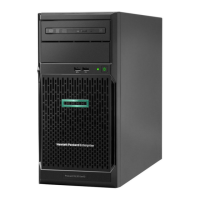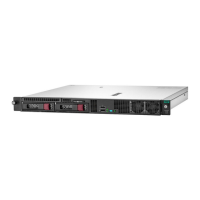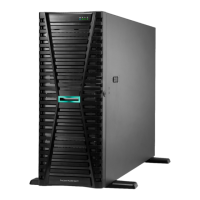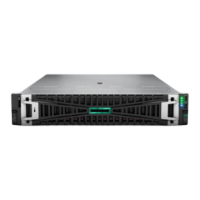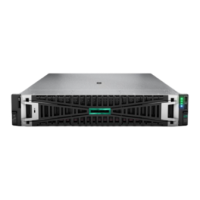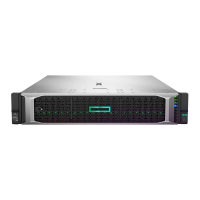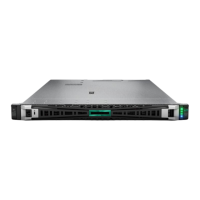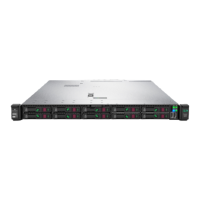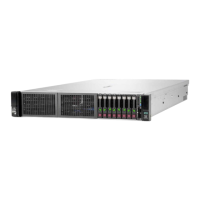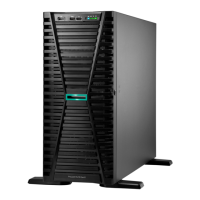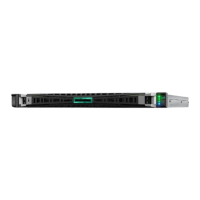a. Review all installed Subsystems and Devices and verify that all devices show the OK status with a
green icon.
b. If any degraded subsystems or devices exist, then click the degraded subsystems or device to
review the current status.
4. From the System Information page, select the Storage tab.
a. Verify that all storage devices show the OK status with a green icon.
b. If any degraded subsystems or devices exist, then click the degraded subsystems or device to
review the status.
5. To review firmware and OS information, click Firmware & OS Software in the navigation tree.
The Firmware tab is displayed.
6. Review the Event Logs and the IML for possible hardware faults on power-on or boot up issues when
the server is not booting properly.
a. To access the logs, click Information in the navigation tree.
b. Click the iLO Event Log or the Integrated Management Log tab.
NOTE:
Troubleshooting information is available for selected IML events. Supported events are displayed as
Learn More links in the IML event pane.
7. Click Information in the navigation tree, and then select the Diagnostics tab.
From this page, you can do the following:
• Verify the status of the iLO Self-Test results.
• Use the Reset button to reset iLO.
• If a memory dump recording is required, use the Generate NMI to System button to Initiate NMI
for a memory dump recording.
8. Be sure the Power On and Health status icons in the top right on the iLO web interface pages are
green.
Using Onboard Administrator for remote troubleshooting
of server blades
Procedure
1. Review the Entire Enclosure Status in the upper left corner of the System Status view screen.
The status shows how the entire enclosure is operating. Critical events, such as incorrectly placed
components like mezzanine boards and interconnect devices, are displayed.
Using Onboard Administrator for remote troubleshooting of server blades 33

